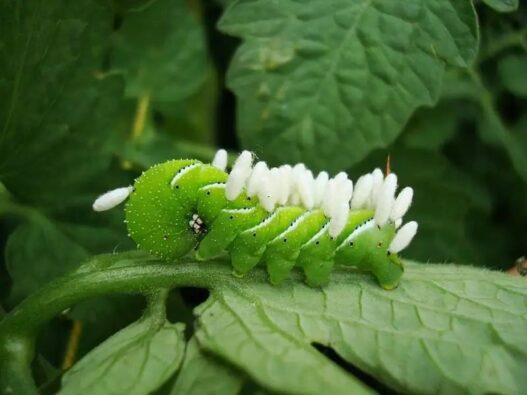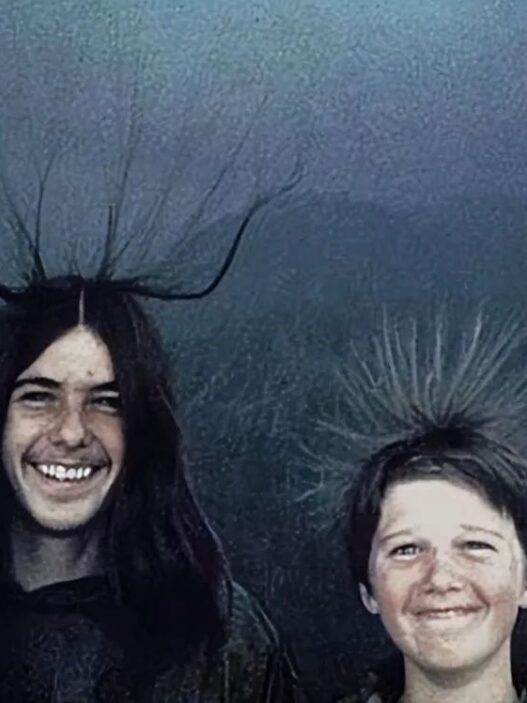Some parasites have the extraordinary ability to manipulate their hosts’ behavior. These include Toxoplasma gondii, Ophiocordyceps, hairworms, Dicrocoelium dendriticum, and certain viruses. They hijack the host’s nervous system by secreting neurotransmitters, controlling the host’s actions for their own benefit.
Microorganisms are terrifying. We can’t see them, smell them, or touch them. We only know they exist because of years of scientific research. In the 17th century, Dutch merchant Antonie van Leeuwenhoek became the first person to discover bacteria thanks to his passion for using microscopes. It wasn’t until 150 years later that Louis Pasteur popularized the idea that microorganisms can cause diseases.
Today, we know that microorganisms employ bizarre and sometimes deadly tactics to survive, including a strange ability to control the minds of their hosts. Some pathogens have evolved to manipulate host behavior so strongly that the host might eventually die due to the parasite’s influence.
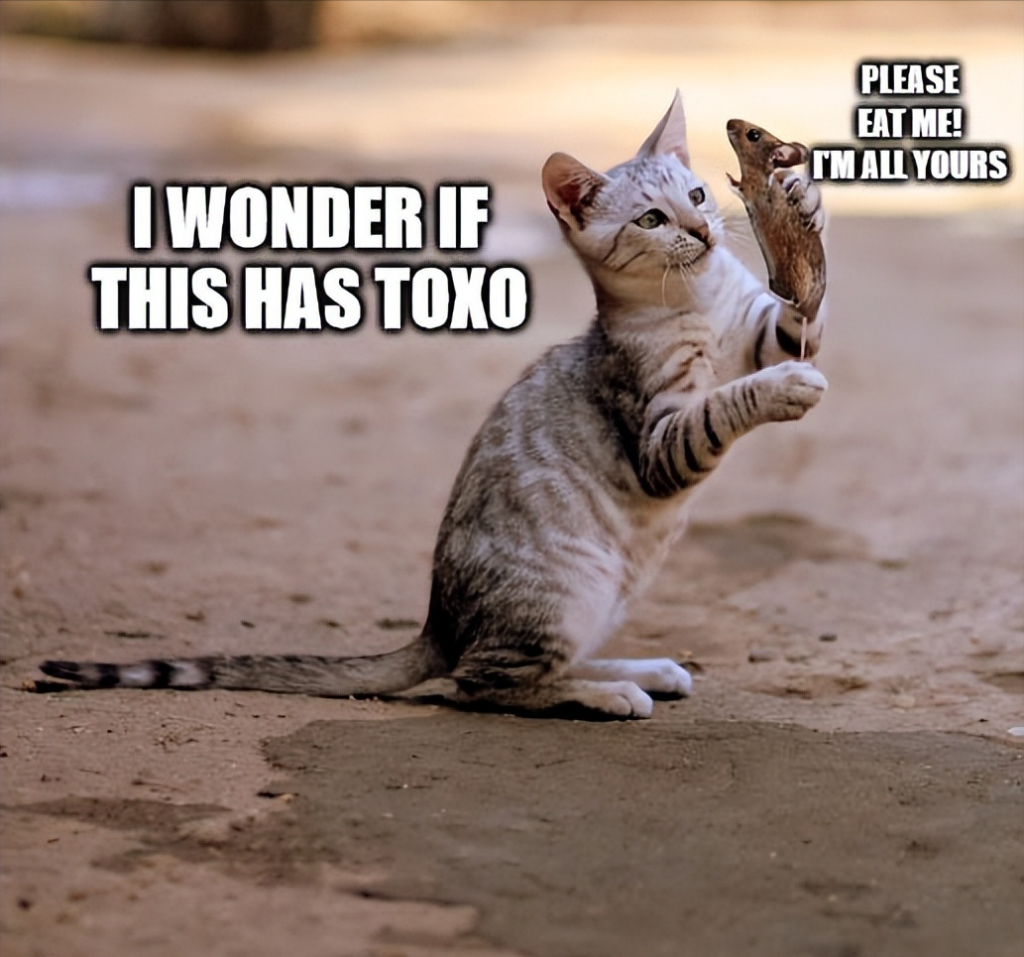
Toxoplasma Gondii
“Eat me! I’m all yours. I wonder if this has Toxoplasma in it…”
An infected mouse shows significantly lower fear responses.
So, what’s the “crime” of Toxoplasma gondii? It hijacks its host’s mind and forces the host to self-sacrifice.
This single-celled parasite is often referred to as “Toxoplasma.” It could even be the reason you adore cats so much. The parasite needs cats as its final host to mate and lay eggs. The eggs are excreted in the cat’s feces, waiting to be consumed by an intermediate host, where they hatch and grow. Once matured, the Toxoplasma returns to the cat to complete its life cycle.
How does the parasite return to the cat? It uses mind control on the intermediate host, encouraging it to offer itself to the cat.
The most common intermediate hosts are rodents — natural prey for cats. The parasite manipulates the mouse’s brain, making it forget its natural fear of cats. Studies show that infected mice are less likely to avoid cats, and they even become less responsive to other dangers. This disturbing phenomenon in mice would be even more terrifying if it happened in humans. Around one-third of people worldwide are infected with Toxoplasma, making it one of the most common parasitic infections in humans. This parasite could make these individuals less fearful and more prone to taking risks. A study in 2002 found that infected individuals are more likely to be involved in car accidents. Scientists have even been studying potential links between Toxoplasma and schizophrenia.
The main theory for how Toxoplasma controls its host is through dopamine. Dopamine is a neurotransmitter that helps transmit information between neurons, particularly in areas associated with fear, movement, and reward. How exactly Toxoplasma uses dopamine is still a mystery.
Ophiocordyceps
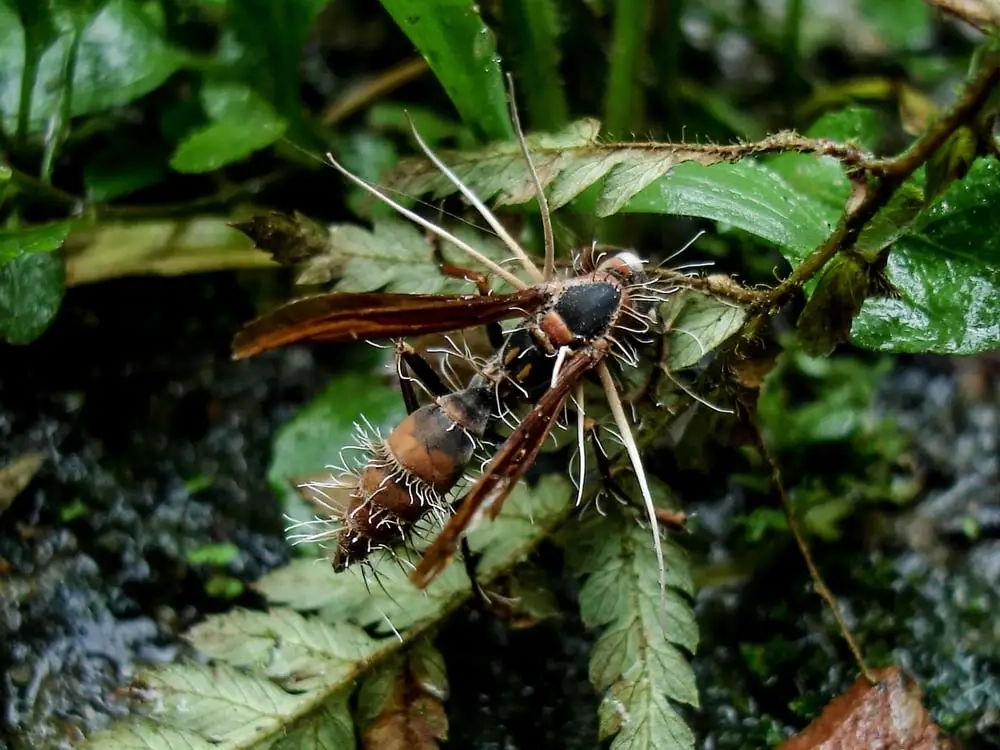
This ant may have had enough of fungal control, thinking, “Do I really have to hang upside down?”
The crime? Creating zombie ants.
In the popular horror video game The Last of Us, a global crisis occurs due to a brain infection caused by Ophiocordyceps. Similarly, Ophiocordyceps is the source of the zombie-like creatures in the novel The Girl with All the Gifts and the webcomic Zombie Boyfriend. Given how Ophiocordyceps operates in reality, these pop culture depictions aren’t far off.
In nature, Ophiocordyceps infects insects, with the most famous strain, Ophiocordyceps unilateralis, targeting carpenter ants.
This fungus, known as the “zombie ant fungus,” is a “puppet master” controlling the infected ants. Once infected, ants exhibit abnormal behavior: they stop working, climb plant stems, and eventually latch onto leaves. The fungus then erupts from the ant’s body, releasing spores that infect other ants in the colony.
How Ophiocordyceps manages to control its host’s behavior remains a mystery. The fungal spores begin as single cells, dividing and forming a network of tubes inside the ant’s body. One theory suggests that the fungus manipulates the ant’s muscles like a puppeteer. However, this explanation is still incomplete, and scientists continue their investigations.
Hairworms
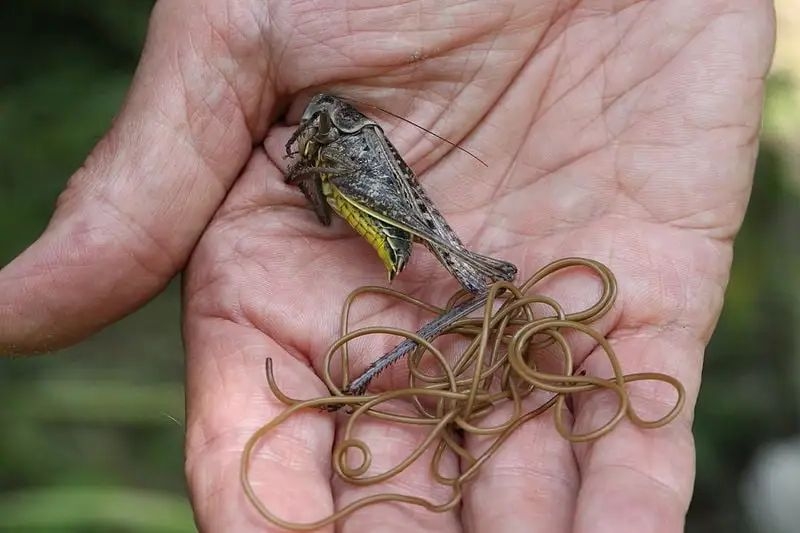
A hairworm emerges from a cricket’s body. Its name comes from an old misconception that it was a resurrected horsehair in water.
The crime? Consuming the host from within.
Hairworms, also known as Gordian worms, are long, threadlike parasites that occupy their host’s body for its entire life cycle, turning the host into its home. More than 300 species of hairworms are known to infect insects, and the most chilling varieties target grasshoppers, crickets, and locusts.
The larvae of Spinochordodes tellinii lay their eggs in water, waiting to be consumed by cricket larvae. Once they grow and leave their aquatic environment, the hairworms begin subtly altering the cricket’s behavior. They stop the cricket from chirping, and soon, they manipulate the cricket to seek water. When the cricket jumps into water, it drowns, and the hairworm exits its body to mate and lay new eggs, continuing the parasitic cycle.
How the hairworm achieves this mind control remains unknown. Researchers have proposed several possible mechanisms:
- Secretion of neurotransmitters: Altering the cricket’s nervous system to control its behavior.
- Expression of geotactic proteins: These proteins may respond to environmental factors like gravity or magnetic fields, influencing the cricket’s actions.
Despite these theories, the exact mechanism behind the hairworm’s control remains an enigma.
Dicrocoelium Dendriticum
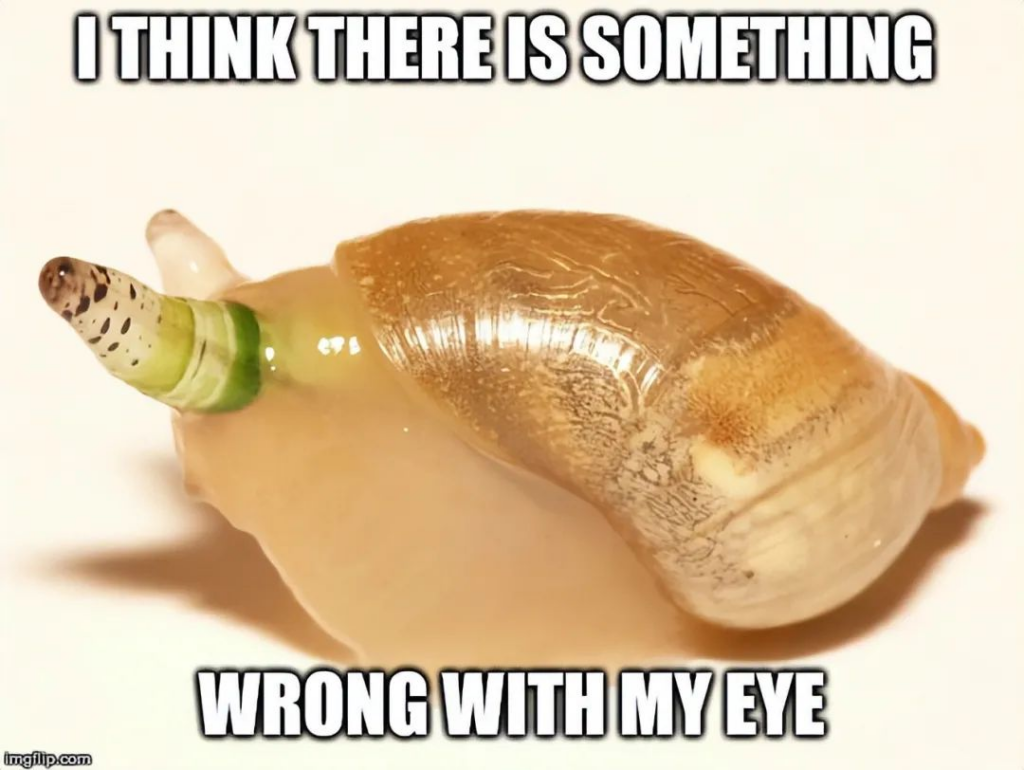
The green stripes show the larval sacs of the parasitic flatworm.
The crime? Installing “eyes” on a caterpillar.
Dicrocoelium dendriticum, also known as the green-band caterpillar parasitic flatworm, infects snails, turning them into nurseries for its larvae. Much like Toxoplasma, the parasite’s lifecycle requires it to pass through a vertebrate host (usually birds) before returning to the snail.
When a snail eats bird feces containing the parasite, it enters the snail’s body, infiltrates the snail’s eyestalks, and creates a sac full of eggs. These sacs resemble vibrant, moving caterpillars, designed to attract birds to consume the snail. However, the snail’s natural preference for dark, damp places isn’t conducive to attracting birds, so this is where mind control kicks in.
The parasite manipulates the snail’s light aversion, forcing it to crawl into open areas where birds are more likely to spot it. How exactly the parasite achieves this is unclear, but one theory is that it hijacks the snail’s light-detecting neural network.
Ultimately, the snail is eaten by a bird, and the parasite completes its lifecycle.
Polydnaviruses
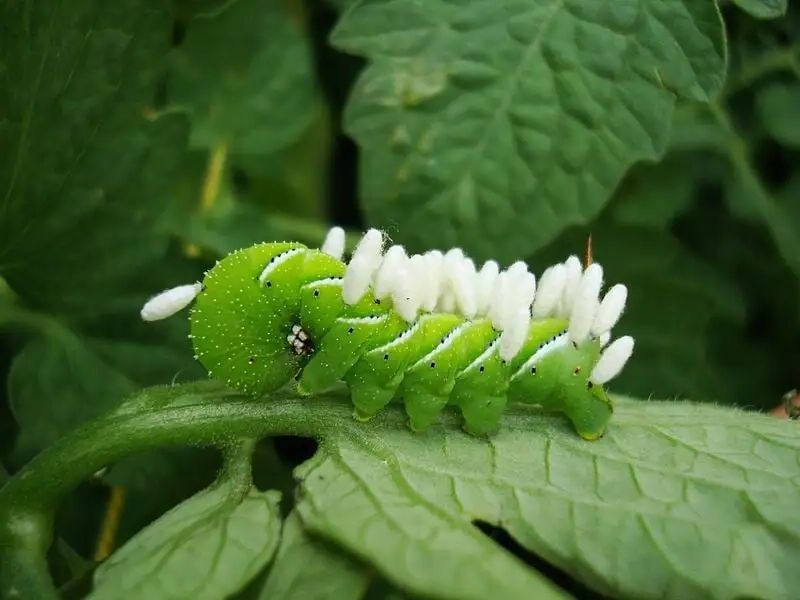
An infected caterpillar covered in yellow wasp cocoons.
The crime? Double deception.
Polydnaviruses are ultimate viral manipulators. They infect parasitic wasps, which use caterpillars as hosts for their larvae. The virus enters the caterpillar alongside the wasp larvae. The goal of the virus is to ensure the wasp’s success, as it is the virus’s primary host.
The virus takes control of the caterpillar’s mind and body. The caterpillar becomes ravenous, eating anything in sight to provide ample nutrition for the developing wasp larvae. As the caterpillar continues to feed, the wasp larvae grow quickly, eventually breaking free and pupating.
However, the story doesn’t end there. Normally, the caterpillar could survive after the larvae leave, but instead, it stays to “guard” the wasp pupae. Scientists believe this strange behavior is a result of the virus taking over the caterpillar’s brain. Eventually, the virus has not only ensured the wasp’s success but also found a new host, sacrificing the caterpillar in the process.
Honorary Mentions
- Influenza Virus: A study by Chris Rieber in 2010 found that people infected with the flu virus might be more social than others. The virus spreads through sneezing or coughing. If the flu virus does indeed make people more sociable, it would be a cunning trick of nature, though there isn’t enough evidence to confirm it.
- Rabies Virus: Rabies is notorious for causing fear of water, though this is not true “hydrophobia.” In advanced stages, rabies impairs swallowing and breathing, and any liquid contact causes pain and panic. However, rabies didn’t make the scariest virus list due to its less significant impact compared to other mind-controlling viruses.
3. Malaria Parasite: The Plasmodium parasite causes malaria and has a “greedy” form of mind control. It manipulates mosquitoes to bite more hosts, thus increasing the chances of spreading the parasite. While it gains more space to spread, the mosquito gets a larger supply of blood to nourish its own needs.







